There are many types of fruit that are full of healthy nutrients and among them, kiwi is the fruit worth buying this Tet holiday.
Kiwi has a soft texture and a flavor sometimes described as a combination of strawberry, banana and pineapple.
Kiwi fruit has extremely high nutritional value, vitamin C content ranks first among fruits.
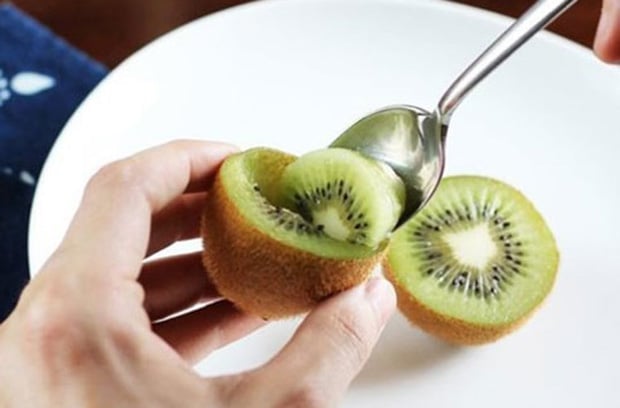
One kiwi can provide twice the daily requirement of vitamin C, so it is also known as the "king of vitamin C".
It is known that the vitamin C content in 100g of kiwi fruit contains up to 62mg. Meanwhile, an average sized kiwi weighs up to 160g. Therefore, just one kiwi fruit a day can meet the necessary amount of vitamin C for the body.
And here are the special health benefits of this fruit when you eat it with the skin on instead of peeling it.
Treatment of insomnia
Eating two kiwis with the skin on a daily basis can improve sleep quality by up to 40%. Kiwi skin is rich in calcium, magnesium and vitamin C, which contribute to the synthesis and transmission of neurotransmitters.
In addition, kiwi skin also contains calcium which is rare in other fruits, has the effect of stabilizing emotions and inhibiting nerves.

Anti-cancer
Kiwi skin is rich in antioxidants and has anti-cancer, anti-inflammatory, and anti-allergic properties. The antioxidant content in kiwi skin is 3 times higher than that in the flesh.
In addition, kiwi peel can also deal with staphylococcus and escherichia coli.
Boost your immune system
Kiwi skin also contains vitamin C - a powerful antioxidant - which helps boost your immune system, improving your overall health and skin.
Promotes digestion and cleanses the stomach
Because kiwifruit peel contains a lot of pectinase and hydrolytic protease, eating kiwifruit and kiwifruit peel after a meal can decompose insoluble crude protein in the stomach and intestines after 2 hours.
At the same time, the kiwi fruit's flesh and skin play a role in cleansing the digestive tract.
Prevent birth defects
According to some studies by Oxford University (USA), kiwi peel also contains folate - an important nutrient that helps prevent birth defects in fetuses.
Weight loss support
Eating kiwi with the skin on increases fiber by up to 50% compared to eating peeled kiwi. Fiber helps keep you full longer, aids weight loss, and lowers LDL cholesterol ("bad" cholesterol).
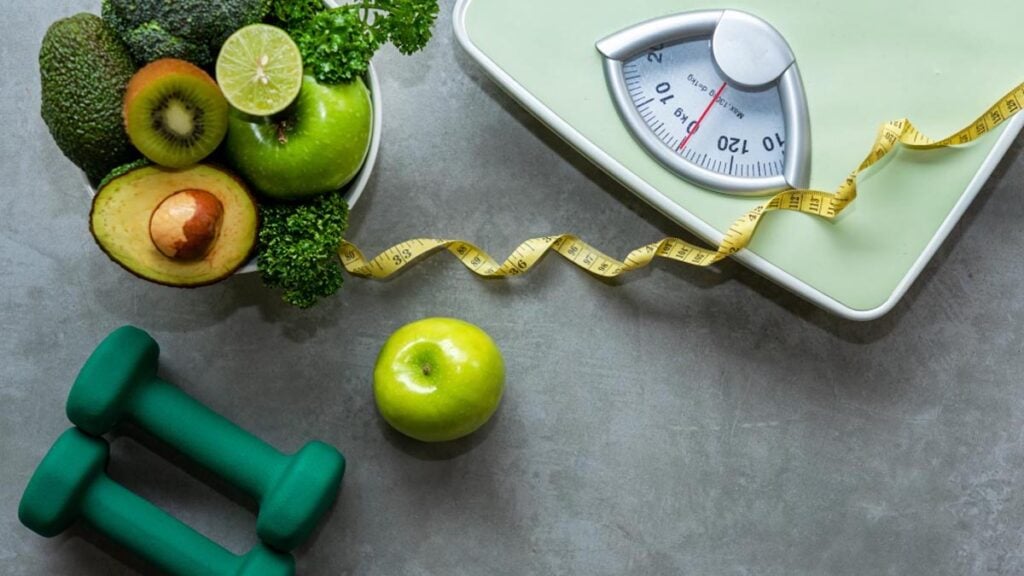
How to eat kiwi peel without discomfort?
The kiwi skin has a lot of hair, but these are just soft and thin hairs, so cleaning them is not difficult.
To remove the stubborn skin, simply put the kiwi in diluted vinegar water and soak for about 1 minute. Next, you can use a clean dishwashing sponge to gently scrub the surface of the skin to remove the fluff immediately.
After the kiwi has been cleaned of its fluff this way, everyone is surprised by the kiwi's soft skin and ease of eating, especially since it does not cause any discomfort when chewing or swallowing.
However, because you eat the outer skin, you need to wash kiwi thoroughly before eating to remove as much dirt and chemicals remaining on the skin surface as possible to ensure your health.
If you find it difficult to eat kiwi with the skin on, then put the whole kiwi in a blender with half a cup of almond milk, half a cup of Greek yogurt and a small ripe banana, blend until smooth to create a delicious, nutrient-rich kiwi smoothie to start your day.
Another way is to cut the kiwi into small pieces (each piece with just a little bit of skin attached) then marinate it in salad dressing for 10 minutes or so, then add it to the mixed salad.
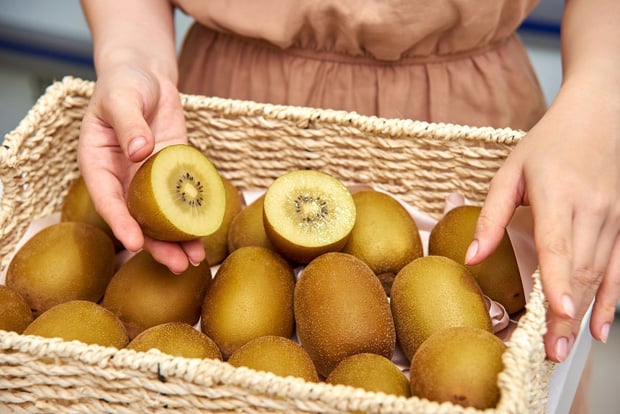
When it comes to foods high in vitamins, the first thing that comes to mind is fruits. In fact, there is a fruit that is so rich in vitamins that it is even called "nature's vitamin pill", and that is the kiwi.
Many great benefits of eating kiwi during Tet
Kiwi is an intestinal cleanser, so if you eat a lot of foods like banh chung and chicken during Tet, it will be difficult to avoid feeling full and nauseous.
At this time, you can eat kiwi to reduce the above symptoms. On the other hand, after eating kiwi, the human ability to digest pepsin will increase, thereby accelerating the absorption of protein in the small intestine, thereby improving the amount of protein absorbed into the body.
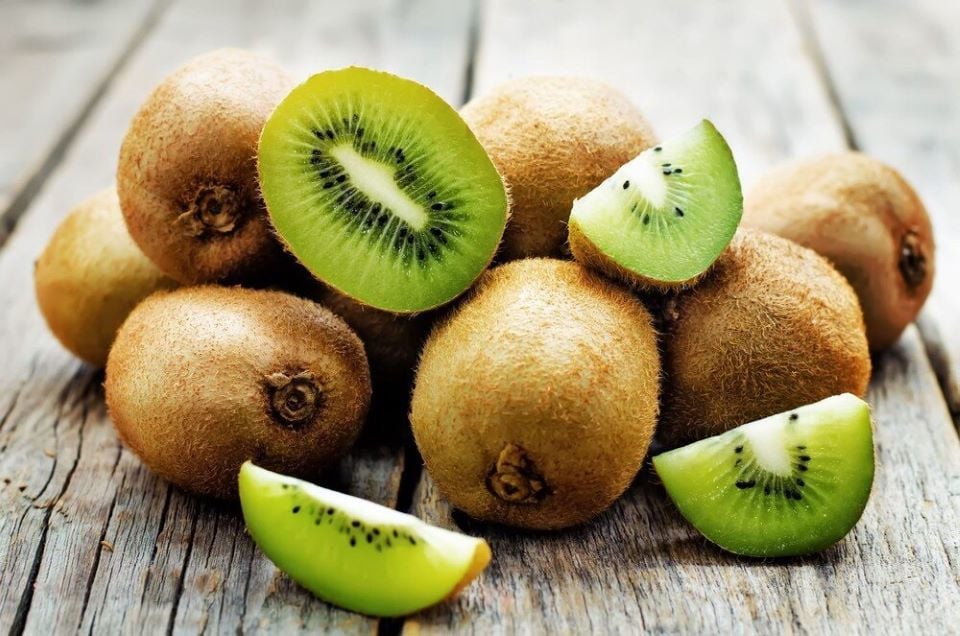
On the other hand, kiwi fruit contains a special naturally produced enzyme called kiwirine, which has the ability to digest protein well in some foods such as red meat, yogurt, fish, eggs... thereby helping you absorb it faster.
Therefore, after eating protein-rich foods, a kiwi will be very helpful in promoting digestion and protecting the stomach.
How to choose delicious kiwi
There is no particular change in shape or color when a kiwi is ripe. You can tell if the fruit is ripe by its softness and aroma.
Kiwis that are ripe, soft and fragrant are best eaten. If the stripes are firm and have no fragrance, it means they are not ripe and will taste sour.
If the fruit is soft or swollen and has an unpleasant smell, it is either overripe or rotten. This type of kiwi is best not to buy because eating it can be harmful to your health and stomach.
Source: Sohu
Source




![[Photo] Closing of the 11th Conference of the 13th Central Committee of the Communist Party of Vietnam](https://vstatic.vietnam.vn/vietnam/resource/IMAGE/2025/4/12/114b57fe6e9b4814a5ddfacf6dfe5b7f)

![[Photo] Overcoming all difficulties, speeding up construction progress of Hoa Binh Hydropower Plant Expansion Project](https://vstatic.vietnam.vn/vietnam/resource/IMAGE/2025/4/12/bff04b551e98484c84d74c8faa3526e0)

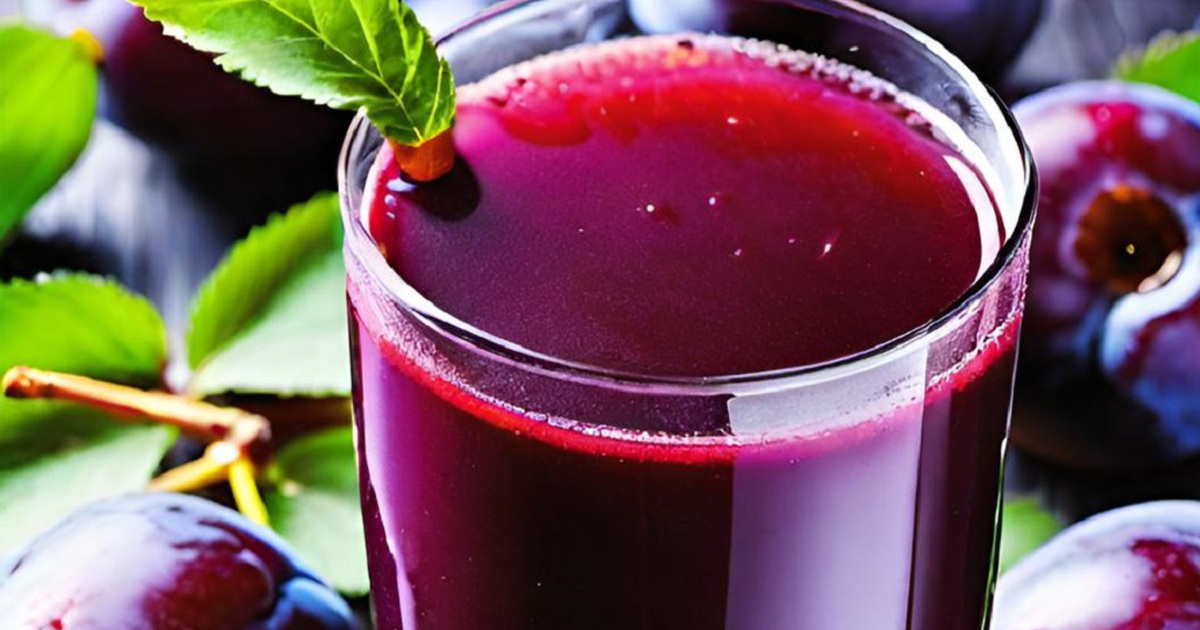

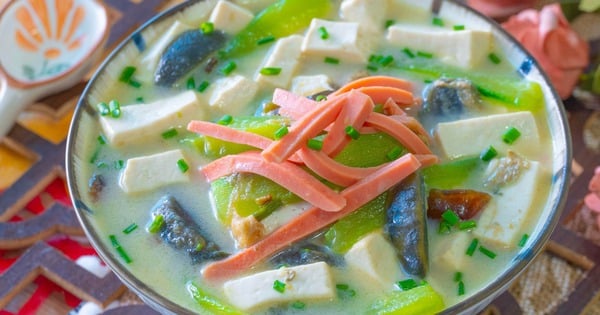
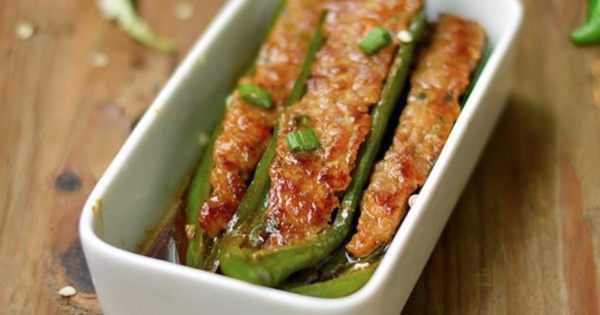
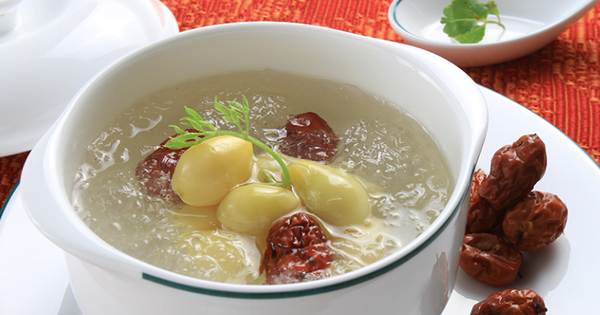
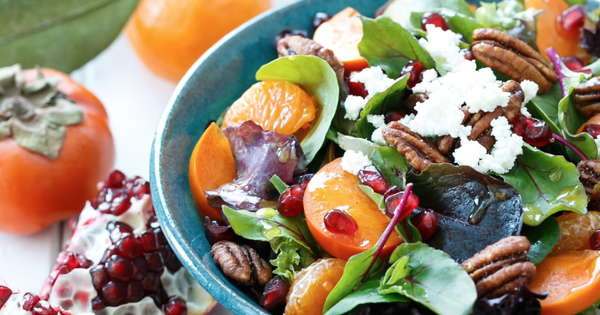




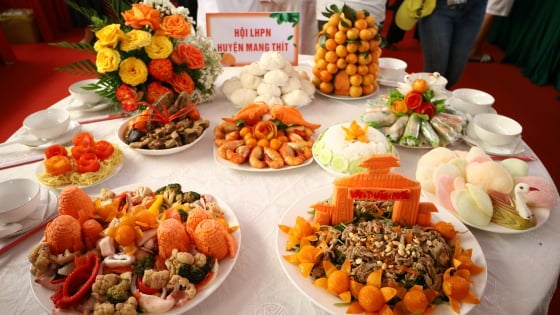

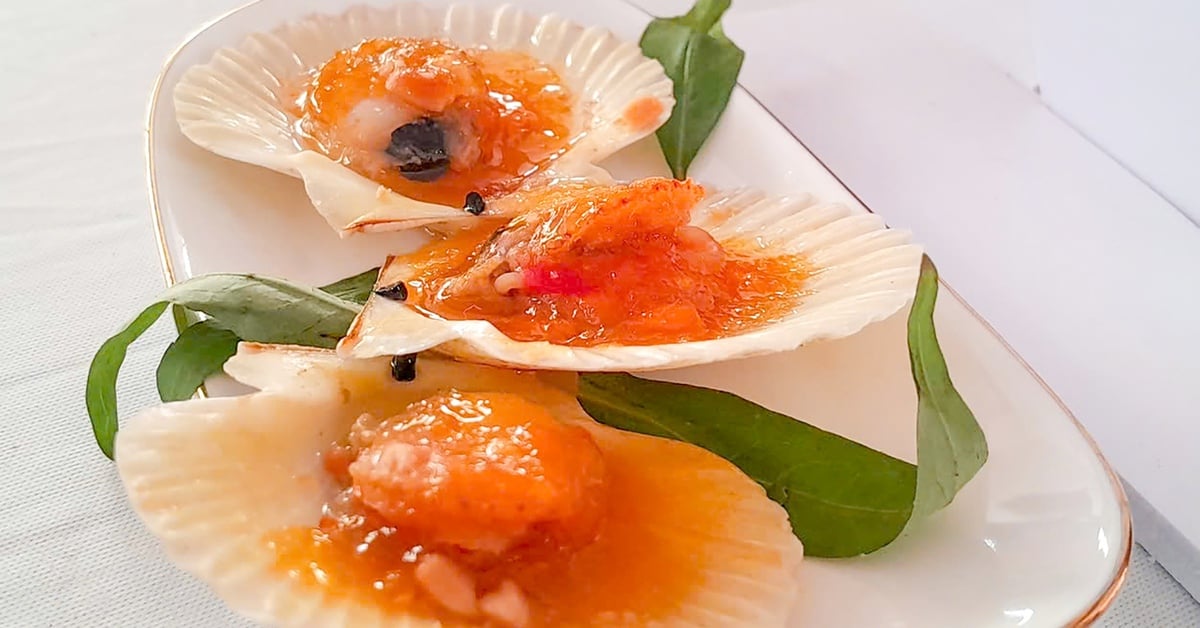











































































Comment (0)